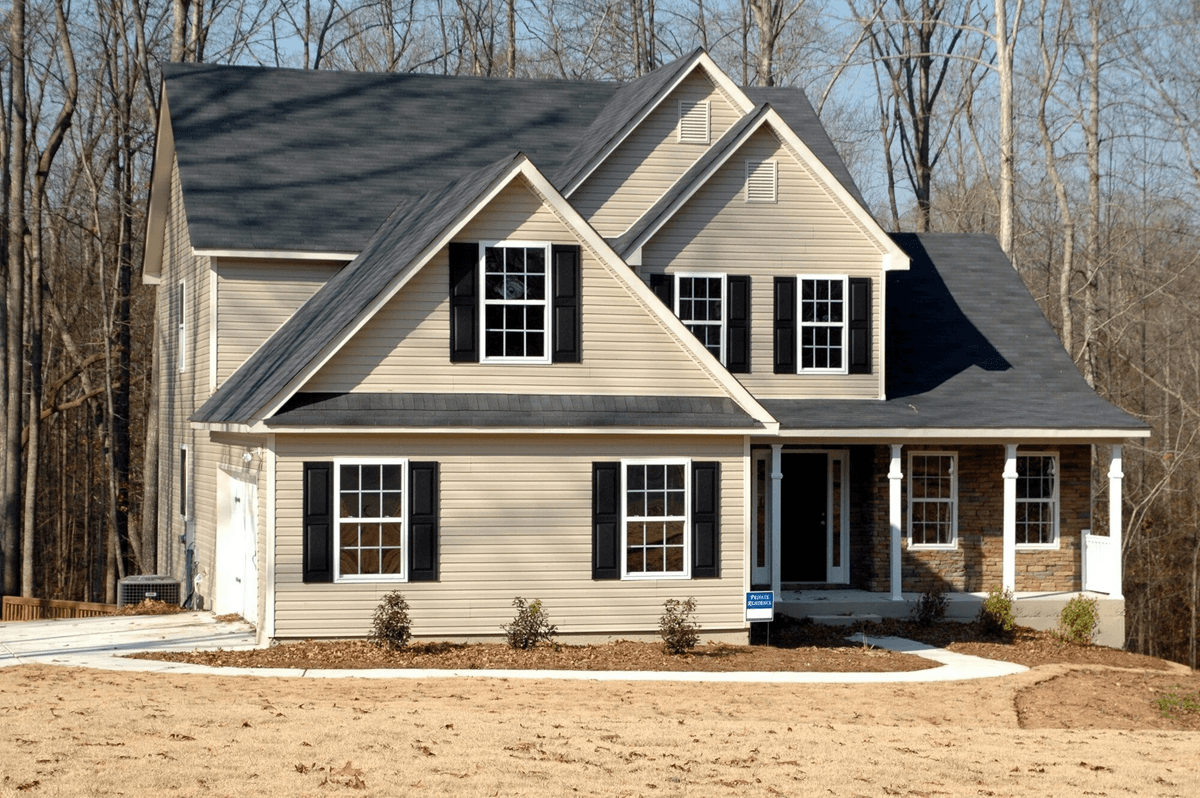
Building a new home is a dream for many people. It provides the opportunity to design a space that reflects personal style, fits individual needs, and offers the latest in home construction technology. However, the process of building a new home can be complex and time-consuming, requiring careful planning and the right team to ensure everything runs smoothly such as new home construction lynchburg va. In this article, we’ll take a closer look at the stages of new home construction, what to expect, and tips for making the process as seamless as possible.
1. Planning and Budgeting
The first step in new home construction is creating a plan and establishing a budget. This phase is critical because it lays the foundation for the entire project. Begin by determining your needs and wants for the house, such as the number of bedrooms, bathrooms, and any special features like an open kitchen or a home office. You may want to consult an architect or a home designer to help translate your ideas into a functional layout.
Simultaneously, it's important to set a realistic budget. New home construction costs can vary widely depending on the size of the home, location, materials used, and labor costs. Be sure to factor in all expenses, including the cost of the land, building permits, taxes, and unexpected costs that might arise during construction. Having a clear budget will help keep the project on track and prevent overspending.
2. Choosing the Right Builder
Selecting the right construction company or builder is one of the most important decisions you’ll make in the home-building process. Look for builders who are licensed, insured, and experienced in building the type of home you want. Do some research on their reputation by checking reviews, testimonials, and asking for references from previous clients.
Once you've chosen a builder, review the contract carefully to ensure it outlines all the details, including the scope of work, payment schedule, and estimated timeline. It’s also important to establish clear communication with the builder to discuss any questions or concerns that may come up during the construction process.
3. Site Preparation and Foundation Work
Once the planning and design are complete, the construction phase begins. The first step is preparing the site. If you haven't already purchased land, you'll need to find a plot that meets your needs and budget. Once the land is acquired, it must be cleared of any trees, rocks, or debris to make way for the foundation.
The foundation is one of the most important parts of the home, as it supports the entire structure. Depending on the location and soil type, different types of foundations may be used, such as slab, crawl space, or full basement. This stage of construction involves pouring concrete and allowing it to cure, providing a solid base for the rest of the building.
4. Framing the Structure
With the foundation in place, the next step is framing the structure. This involves constructing the skeleton of the house, which includes the walls, floors, and roof. Wood is typically used for framing, although steel can be an option for larger or more complex builds.
Once the frame is complete, exterior walls are installed, and roofing materials are added to protect the structure from weather elements. During this stage, windows and doors are also installed, giving the house its shape and structure. It’s an exciting part of the process because you can start to see your future home take form.